A study out of Finland has found that plants fertilized with urine performed four times as well as nonfertilized plants and just as well as plants given commercial mineral fertilizer.
Urine plus wood ash (collected from a wood stove) produced as well, yet with the added benefit of reducing the acidity of the soil. The wood ash also adds extra potassium which encourages more fruit. The study shows that urine can be used as a substitute for chemical fertilizers “without posing any microbial or chemical risks.”*
The urine fertilized plants had a surprising increase in protein content- 35−37% higher protein compared to mineral and ash fertilized.* And more good news was that the study’s panel of 20 taste tasters found no taste difference between mineral or urine fertilized tomatoes.* Similar performance results have been found with cabbage, celery, corn, cucumber, eggplant, leafy greens, onions, radishes, spinach, citrus, melons, barley and wheat (better list below).
Urine is an excellent source of nitrogen, phosphorous, potassium and trace elements. All the right elements that are necessary in large quantities for plant growth. One litre of urine contains 11 gms of nitrogen, 1 gm of phosphorus and 2 gms of potassium.** Nitrogen promotes leafy growth, phosphorus promotes root development and seed germination. Phosphorous and potassium promote fruit and flower development. Urine from a ‘healthy’ person is sterile, free of bacteria and viruses as long as it is uncontaminated by feces. Only diseases of the urinary tract contaminate urine so those with a urinary tract infection should not use their urine for fertilizer. Also, those taking antibiotics or meds should abstain, and those who consume a lot of salt should consider reducing their salt intake. A family of four creates enough urine to fertilize a third of an acre, year round.** After you collect your urine store it in an air tight container otherwise it will smell, lose its nitrogen, and become ammonia.
As a general rule for home garden use, dilute ‘fresh’ urine with water 3 or 4 parts to one, mixing only as much as you will use that day. Dilute 10 to one, for very young or delicate plants. It is recommended that you use this as an occasional fertilizer, not more than twice a week, and not every time you water. The plants must have regular water as well. If plants start to yellow, decrease urine and increase water. Corn is an exception and likes to be urine fertilized 3 times a week. Apply the urine into the soil around the plant’s roots. Watering after application helps drive in the nutrients and is recommended. Start applying urine fertilizer when plants are 2 weeks old. Stop fertilizing two weeks before harvest as mature plants do not need the extra nutrients. Use a gallon per 10 square feet of garden, 1 quart urine, 4 quarts water. Undiluted urine that sits around for more than a few days, where the nitrogen has decomposed into ammonia, can be thrown on the compost pile, as ammonia will hasten your composts’ breakdown. Urine that turns into ammonia will be more alkaline, but adding a touch of vinegar will slow the nitrogen off-gassing. Straight urine will nitrogen-burn plants and can be used to kill weeds.
Why Is Fertilizing With Urine Sustainable?
- Using 2+ gallons of water to down a half a cup of pee seems excessive…and nitrogen and phosphorous are excellent for plants, but ‘very’ harmful to our waterways.
- No need to transport fertilizer via carbon-creating vehicles to your garden.
- Our great-grandparents and their great-grandparents did this – it’s a renewable resource 😂
- This is much healthier than using sewer sludge as fertilizer, which most all of us have already consumed.
- Urine keeps fungus and bacteria at bay.
- This process is a boon to third world countries. As it is free, plentiful and local.
- A lot of natural gas is used in the production of synthetic urea. And their runoff into our waterways creates oxygen-less dead zones.
Plants That Do Well When Fertilized With Urine
- Basil (dilute to 10 to 1 till one month old)
- Cabbage
- Celery
- Corn
- Cucumber
- Eggplant (dilute to 10 to 1 till one month old)
- Garlic
- Leafy greens
- Onions
- Parsley
- Peppers
- Potatoes
- Squash
- Tomatoes
- Bananas
- Citrus
- Grapes
- Melons
- Pineapple
- Alfalfa
- Barley
- Millet
- Sorghum
- Wheat
- Radishes
- Spinach
Notes:
- Think green and leafy.
- If you use on carrots – they will be all top.
- Not as helpful on beans and legumes. ***
- Too strong for sugar snap peas.
Further Reading On Urine As Fertilizer
The director of clinical microbiology and immunology at New York University Medical Center, Dr. Philip Tierno when interviewed by the Washinton Post expressed that there is little risk of contamination by pathogens in urine, “because they would be in competition with microorganisms found in the soil and would ‘probably lose the battle.'”
–washingtonpost.com
Dr. Peter Morgan (a renowned sanitation and hygiene expert) says:
The balance of nutrients available in urine can be influenced by various means. The addition of plants and other materials to form a liquor which is allowed to ferment in urine, can change the balance. Thus the fermenting of comfrey leaves in urine is known to increase the proportion of potassium in relation to nitrogen (Hill, 1997) – see description in gardening techniques. It is also possible that the peels of fruits like banana, which are known to be high in phosphorus, potassium, calcium, magnesium and sulphur and citrus peels, known to be high in phosphorus and potassium if allowed to ferment in urine, may readjust the balance of nutrients…
Dr. Peter Morgan
Dr Morgan also warns that if your soil is sandy- you must add humus before urine, otherwise the urine might kill plants growing in sandy soil. See amazing pictures of side by side (urine v. plain waer) examples here: www.ecosanres.org/pdf
According to “Practical Guidance on the Use of Urine in Crop Production”:
Urine is a well-balanced nitrogen-rich quick- acting liquid fertilizer. The nutrient content in urine depends on the diet. If the nitrogen content in urine is not known, then as a rule of thumb, a concentration of 3-7 grams of N per litre of urine can be expected. Phosphorus in urine is excreted in a plant-available form making urine an efficient phosphorus fertilizer as well.
sei-international.org
References:
- * pubs.acs.org Study: “Stored Human Urine Supplemented with Wood Ash as Fertilizer in Tomato (Solanum lycopersicum) Cultivation and Its Impacts on Fruit Yield and Quality”
- ** arc.peacecorpsconnect.org Peace Corps Proposal: “Ecological sanitation system using human urine as a fertilizer to replenish nutrient-depleted agricultural soil”
- *** forest.mtu.edu.pdf Michigan Technological University Student Projects Urine Fertilizer Sheet.
- sciencedaily.com Article: “Human Urine As A Safe, Inexpensive Fertilizer For Food Crops”

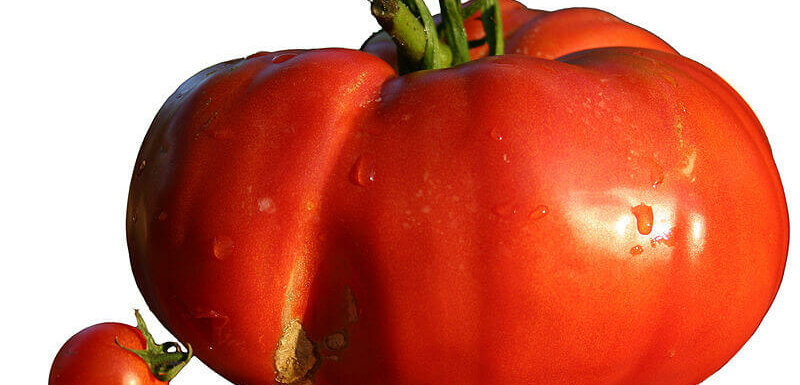


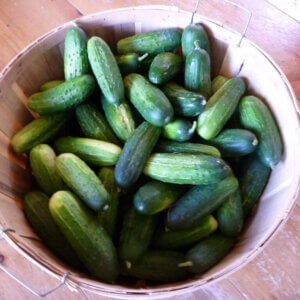
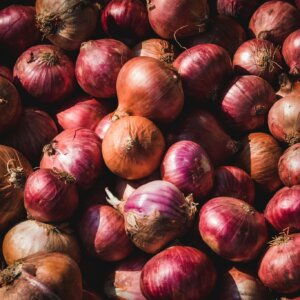



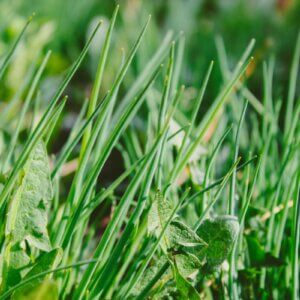

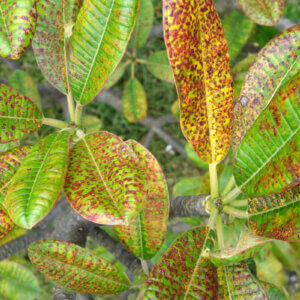



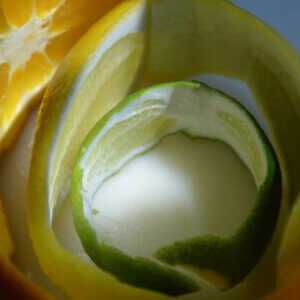

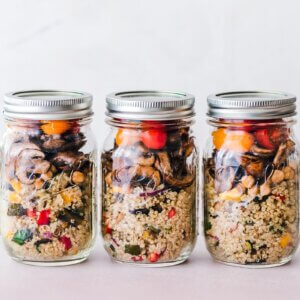

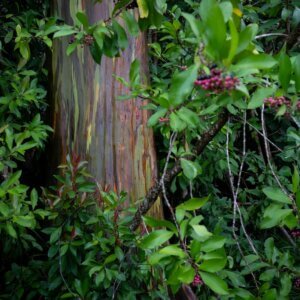

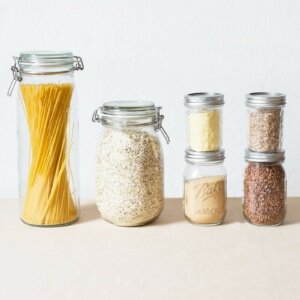
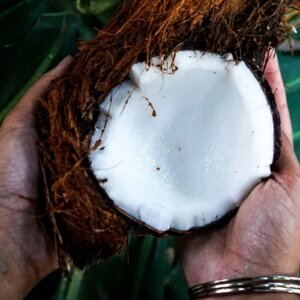


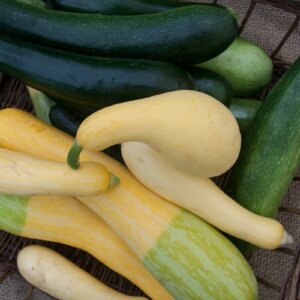

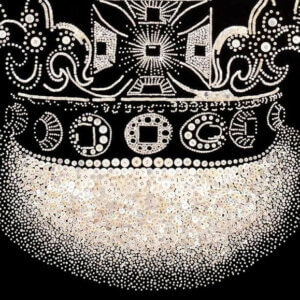

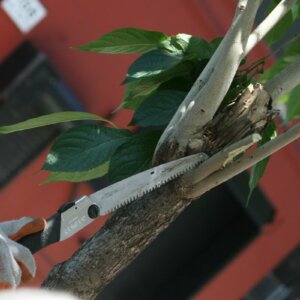

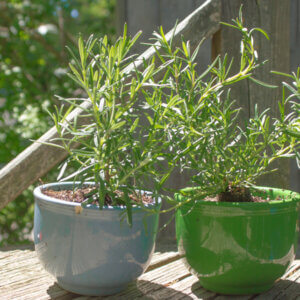
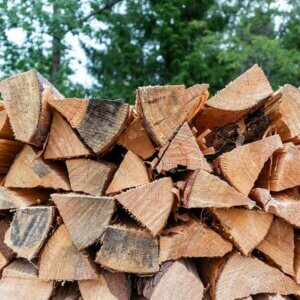


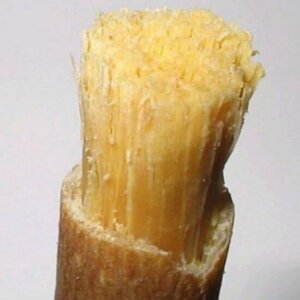



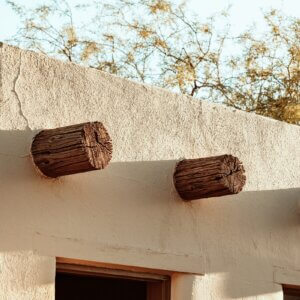

mixing urine with slugs also works
Rabbit manure is also great to add to the soil…doesn’t even need to be composted…
urine does a great job kill slugs. When I bath slugs with urine, a white film get out of slugs and slugs dead later.
Urine does well on tomatoes.
Ammonia is nitrogen – NH3. Its commonly used in nitrogen based fertilizers.
Many years ago, a slash and burn farmer in Central America asked to borrow $20 in order to buy commercial fertilizer for his subsistence corn crop. I asked him at what date he’d repay the money. He then said that in 6 months, he’d ask to borrow another $60 in order to purchase more fertilizer. I told him that he should stop pissing in his outhouse, collect the urine, and apply it as free fertilizer, told him he had “liquid gold” and didn’t realize it… He didn’t like it but, he was surprised and impressed when I told him where to get off.
I have used urine for fertilizer in my small greenhouse the past two winters to grow beets. In the winter of 2019-20 my beet crop was astounding. Huge beets. But this past winter has not produced beets of any size, rather tall stalks of beet greens (OK if you like the greens, but we prefer the beets.) Any explanation why this might be the case? (I may have used too high concentration of urine this year.)
I also grow tomatoes in the greenhouse, but over-fertilized initially with urine concentration and obviously damaged roots. Also planted too close together. In February reduced plants from 7 to 3 and provide water only on daily basis. Fruit production is exploding so I’ve had to reduce fruit blossoms (Also done so since I’ll shut down greenhouse in June due to excessive heat in greenhouse and hope to have completed harvest by then.)
Will send pics separately.